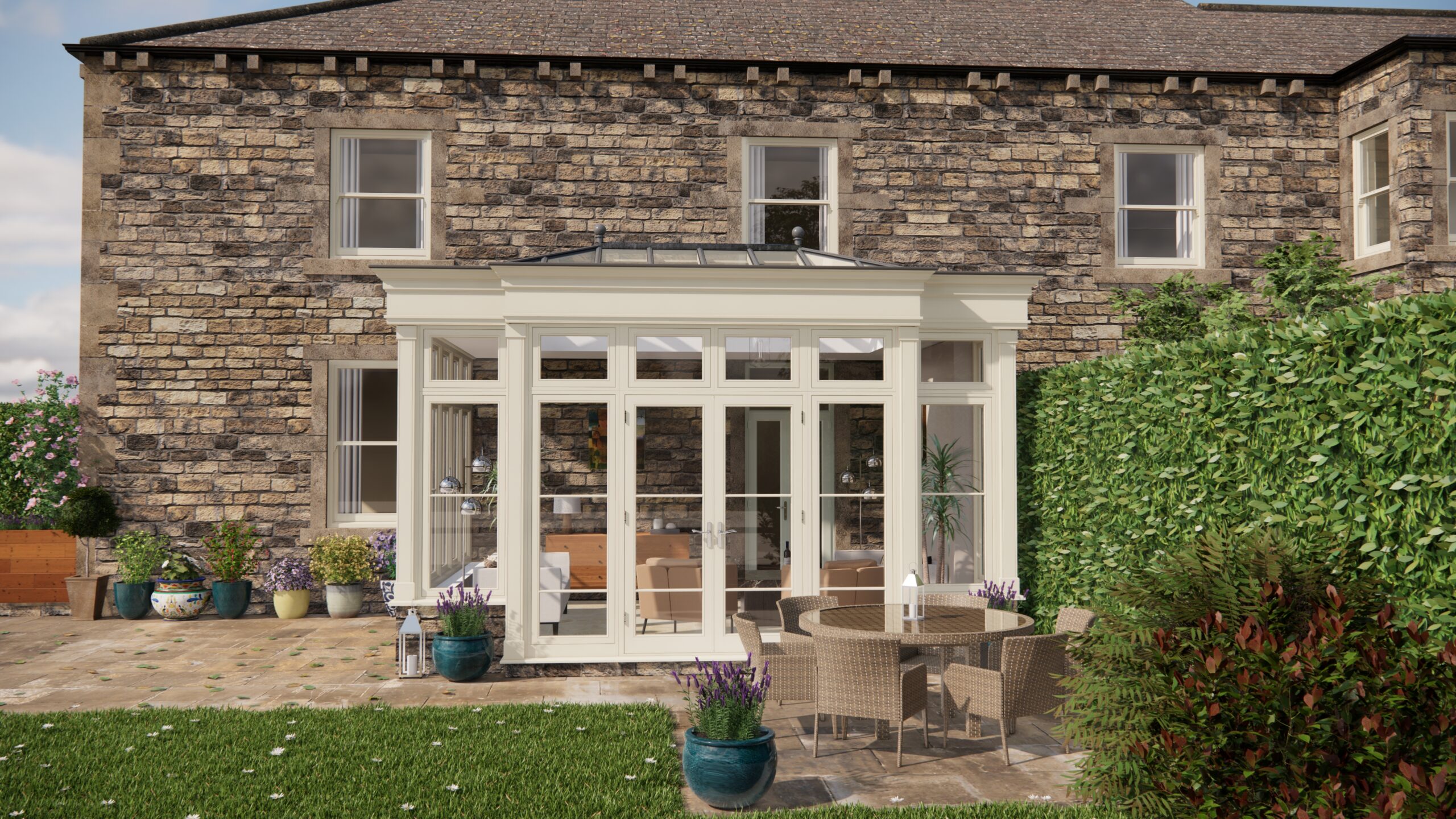Right, let’s talk orangery lighting! I was chatting with Liam the other day, someone who’s been around the block a few times when it comes to building these gorgeous structures, and the conversation naturally drifted to lighting. Specifically, making the most of both the sun’s rays and our electrical friends – vital when you’re dealing with the changeable UK weather.
“The key,” Liam started, sipping his tea, “is understanding the mood you want to create. And that’s where colour temperature comes in.”
Colour Temperature: Setting the Scene
He went on to explain the basics: colour temperature, measured in Kelvin (K), dictates the warmth or coolness of the light. Lower numbers (around 2700K) produce a warm, yellowish glow, perfect for creating a cosy, inviting atmosphere. Think roaring fireplace on a winter’s night. Higher numbers (5000K and above) give a cooler, bluer light, more akin to daylight, which is energising and ideal for tasks requiring focus. Imagine a bright, airy studio space.
“Think about how you want to use the orangery,” Liam emphasised. “If it’s for relaxing and entertaining, warmer temperatures are your friends. If it’s doubling as a home office or somewhere you’ll be starting seedlings, you’ll need cooler, more natural light.” It’s vital to consider the primary function of the space.
Replication: To put this into practice, research bulbs with different Kelvin ratings. Many smart bulbs even allow you to adjust the colour temperature on demand, letting you shift from warm to cool light as needed. This is a fantastic option for flexibility, particularly if the orangery serves multiple purposes.
Dimming: Versatility is Key
Next up was dimming. “Don’t underestimate the power of a dimmer switch!” Liam exclaimed. “It’s not just about saving energy; it’s about creating the right atmosphere at different times of the day.”
A bright, sunny afternoon might not need any artificial light, but as evening draws in, the ability to dim the lights down creates a more intimate and relaxing ambiance. Likewise, for reading or working, you might want a brighter setting, while for a dinner party, a softer, more ambient light is preferable.
Replication: Dimmers are relatively straightforward to install (though always consult a qualified electrician if you’re unsure). Ensure your bulbs are dimmable – not all are! Smart lighting systems often include dimming functionality as a standard feature, offering even greater control and scheduling options. Consider smart control too, you can control them even when you’re not there!
Natural Light: The Orangery’s Secret Weapon
Of course, the beauty of an orangery lies in its abundance of natural light. Liam stressed the importance of maximising this asset.
“Orientation is crucial,” he said. “Think about where the sun rises and sets. A south-facing orangery will get the most sunlight throughout the day, but that can also lead to overheating in the summer. East or west-facing orangeries might be preferable depending on your needs and location.”
He also mentioned the importance of glazing. Low-E (low-emissivity) glass can help to regulate temperature by reflecting heat in the summer and retaining heat in the winter. Consider coatings to reduce glare and UV exposure. This is important for preventing fading of furniture and protecting plants.
Replication: When planning your orangery, carefully consider its orientation and the type of glazing you’ll use. Consult with an architect or orangery specialist to get expert advice tailored to your specific location and needs. Window films can also be added to existing glazing to improve energy efficiency and reduce glare. This is a cost-effective solution if you’re not in a position to replace the glass.
Putting It All Together
So, to create the perfect orangery lighting scheme, consider the function of the space, and create mood with colour temperature and include dimming for the right lighting during different times of the day. Natural light can then be maximised by careful planning and glass choices, ensuring you get the very best from your space.


